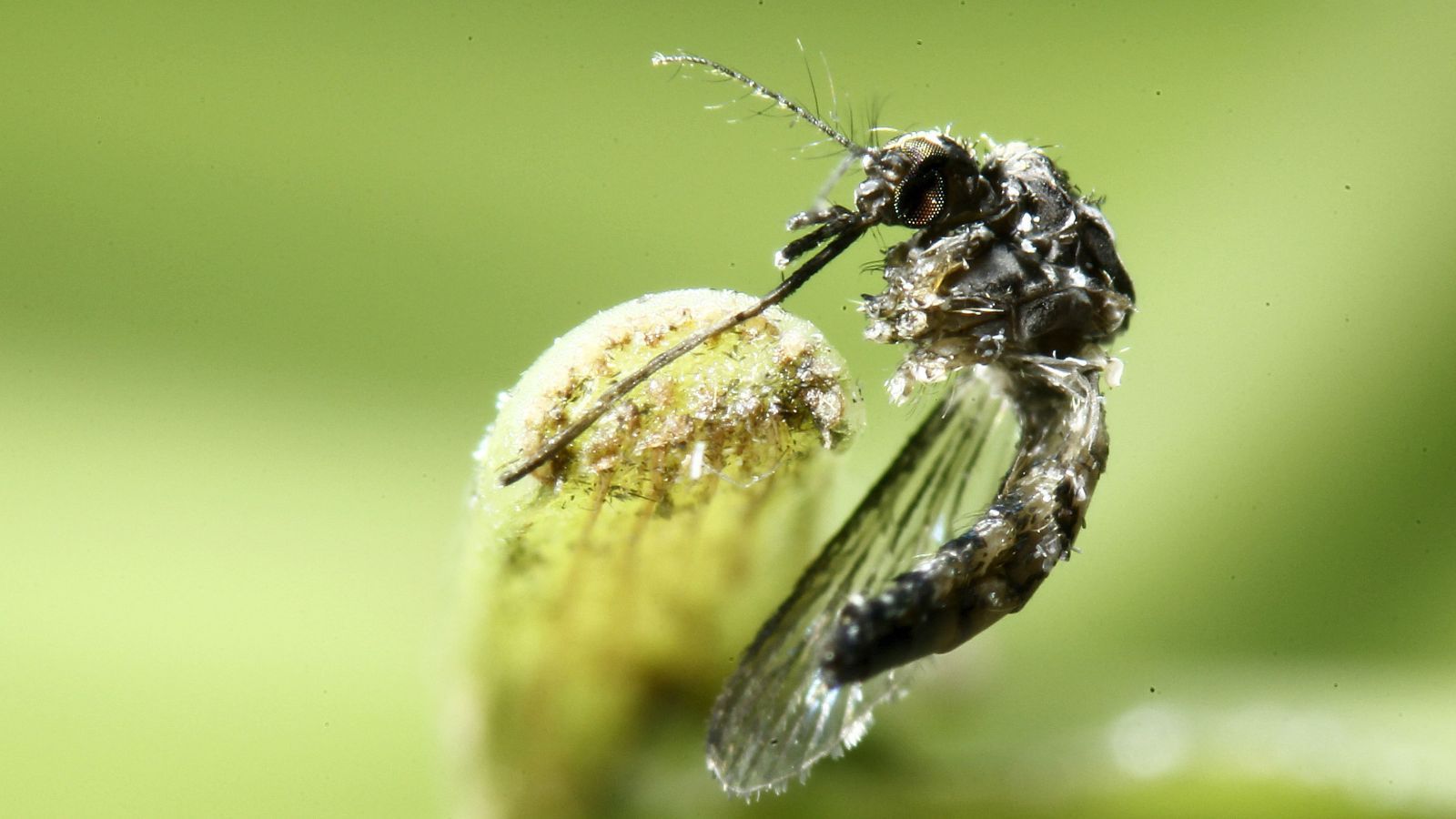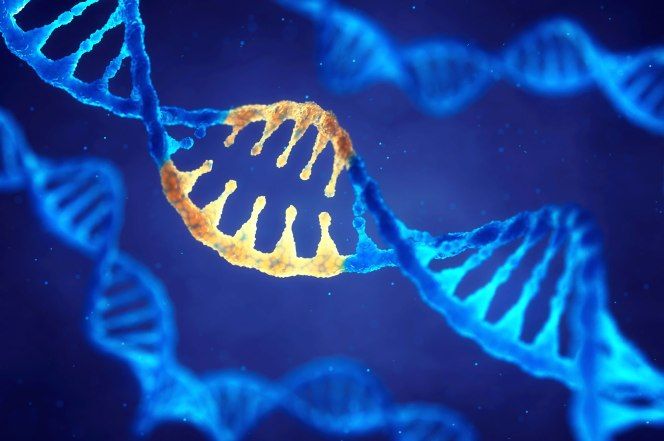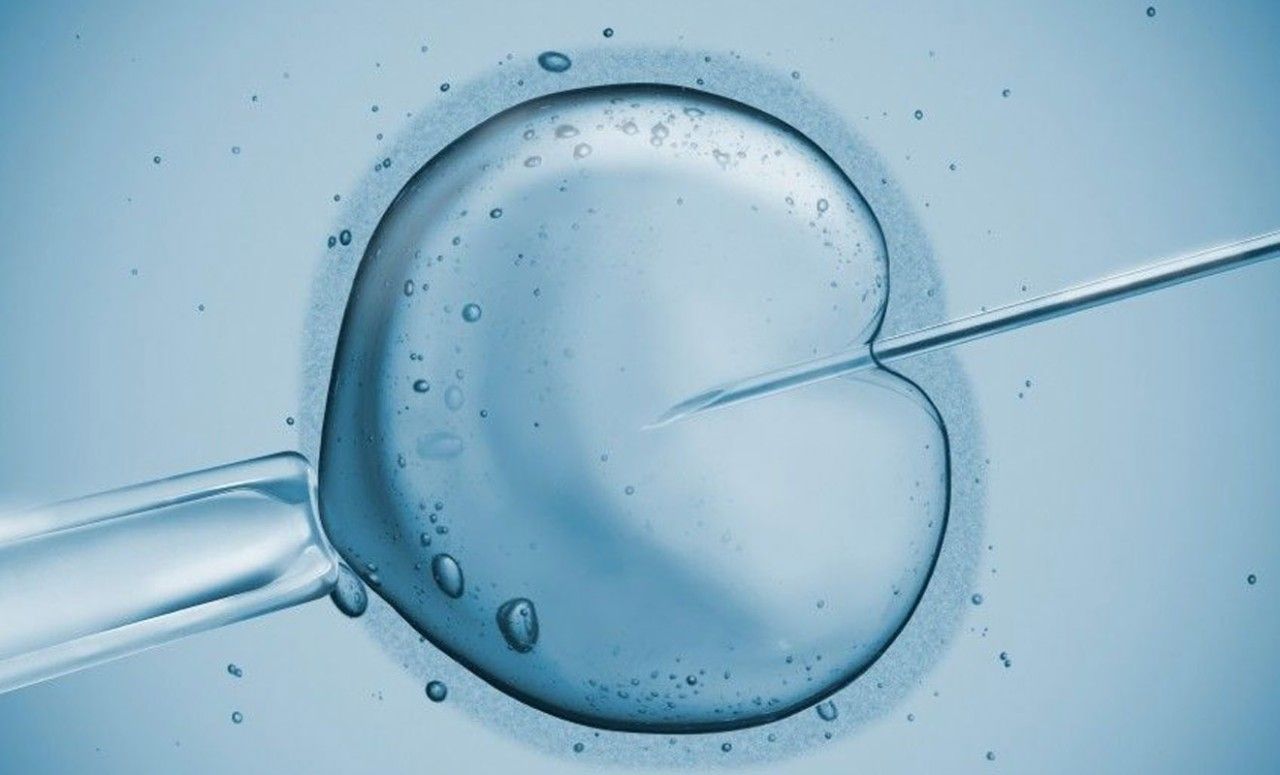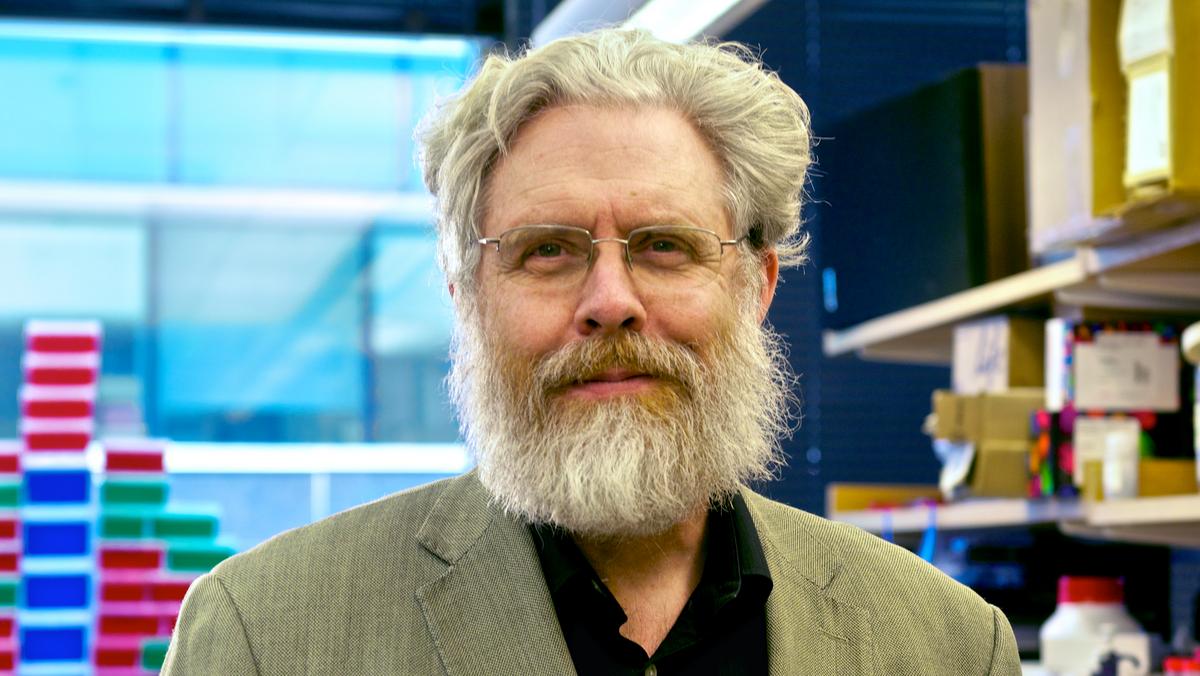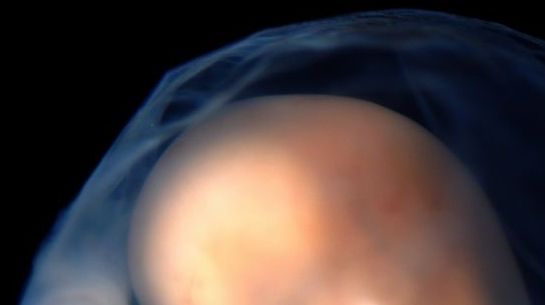https://www.youtube.com/watch?v=xGZSm-6ng9k
Amazing Genes are HIDDEN inside of us; Science has found it. In 2014 one of the craziest science experiments by some incredible scientists at Oxford University found that less than 10% of human DNA is active, meaning that the majority of your genetic code is just sitting around doing nothing.
Narration provided by JaM Advertising New Mexico www.tasteofjam.com
If you’ve ever been in a fight with a child, and I know I have, you’ll soon realise that their bodies have an uncanny ability to heal faster than an adult’s. Every human on Earth possesses a gene called ACTN3, but for some people this gene possesses a very special ability — the ability to be totally badass at sports. When my head is in a bouquet of flowers or I’m hovering over a batch of freshly baked cookies, I wonder how great this must smell to a dog. Remember that movie where Bruce Willis had unbreakable bones and Samuel L Jackson played a weird guy who said he was unbreakable and he proved it when he was in a car crash and his bones were unbreakable?The ability to hibernate for months at a time is a trait man has envied ever since the invention of the Lay-Z-Boy. Instead of sleeping for months, how awesome would it be to need no more than four hours sleep and still feel as refreshed as you would after sleeping in till noon? Remember the mice from the regeneration gene entry? Ever wanted to swim underwater without having to worry about that pesky little thing called drowning? On the surface this ability may sound pretty neat, because imagine how good chocolate or steak would be if your sense of taste was ramped up a few notches? The ability to become infected by an ancient virus may not seem like the best dormant trait to wake up, but they can’t all be winners now can they?


